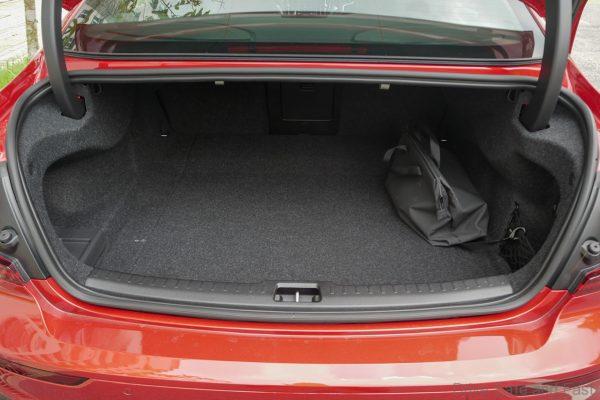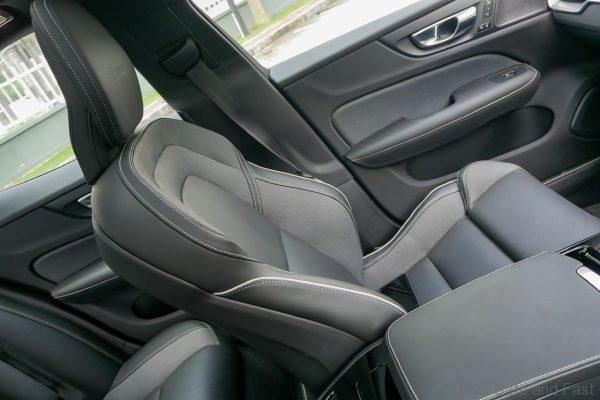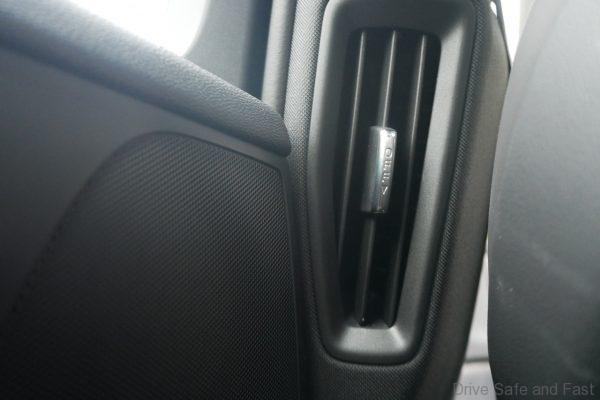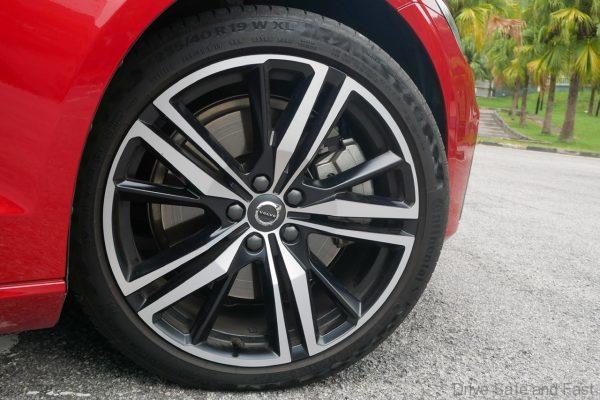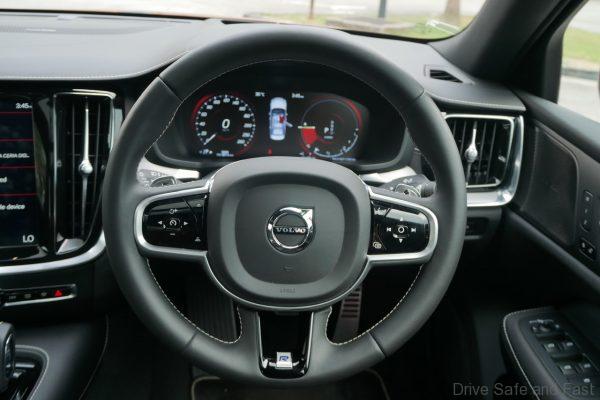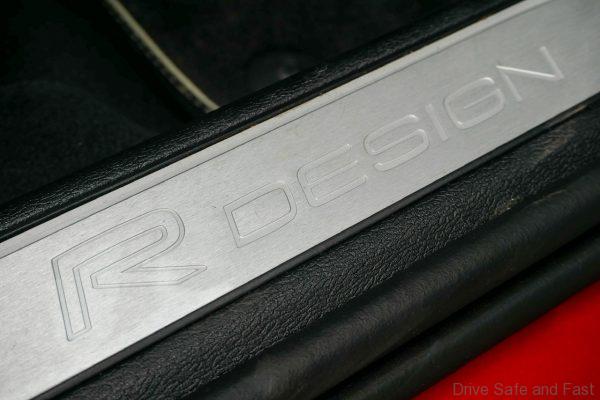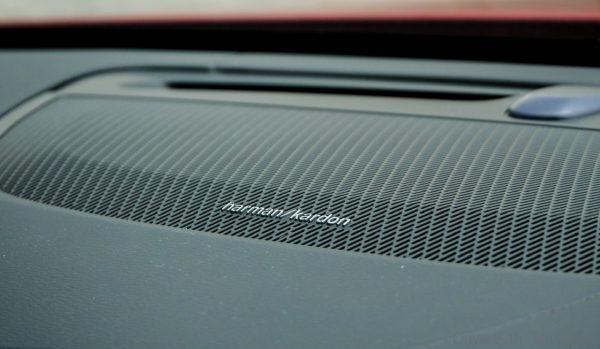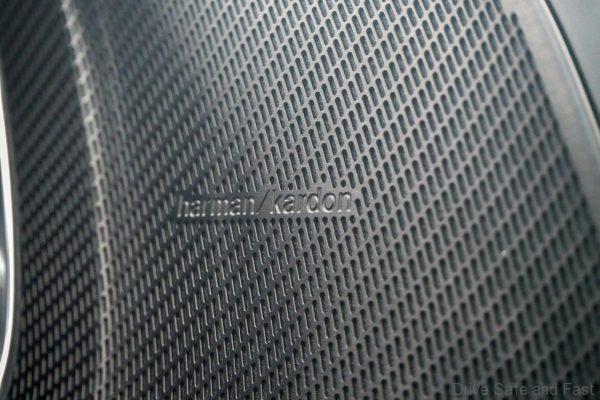The Volvo S60 is now in its third generation and for the first time in its entire history, it finally has the right stuff to really take on its established class rivals – the Mercedes-Benz C-Class and the BMW 3-Series. I’m not saying this will beat either of those two German cars in sales – I’m saying the product itself has enough substance and intangible value to compete. Whether the sales reflects this is entirely up to the buying public.
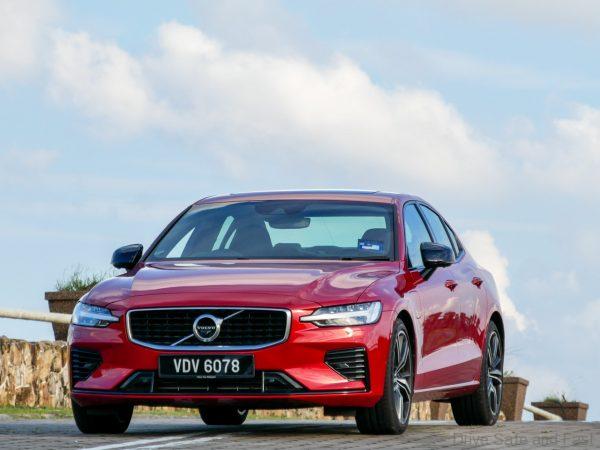
Let’s start with a little bit of context. As we’ve already touched on, this model competes in the ‘Compact Executive’ segment. What’s most special, perhaps, is that it’s the only plug-in hybrid electric vehicle in the segment right now. Both BMW and Mercedes-Benz have offered PHEVs in the past as locally-assembled models, but they no longer do.

The S60 is also based on the Scalable Platform Architecture, which also underpins the XC90 and S90 – of which are assembled by Volvo Car Malaysia in Shah Alam with similar PHEV powertrains. So, it stands to reason that the S60 will eventually come in CKD form, as the company has the capability to do it, but the question regarding incentives remains.
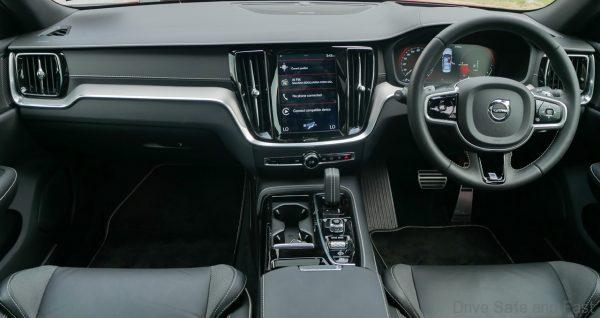
Performance
The S60 T8 is seriously fast. This thing is turbocharged, supercharged and then even electrified to ensure not a single beat is missed. Torque is instantaneous and power is delivered in a fairly linear fashion if you’re easy on the throttle. It’s rather ridiculous to think about, but on paper the S60 delivers the performance of a modern day sports car yet has the comfort of a luxury limousine.
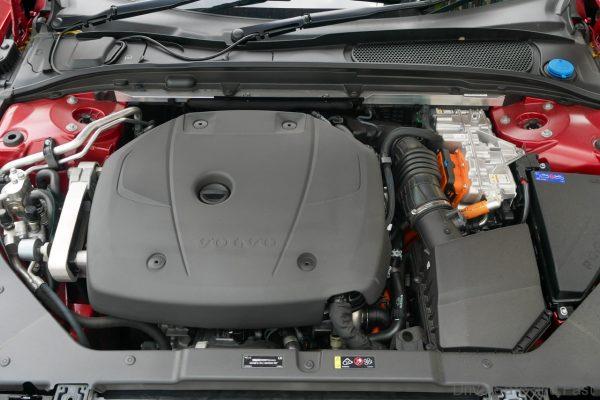
But engineering is sometimes about making compromises in order to solve problems. In meeting various efficiency, performance, safety and rigidity targets, Volvo has made the heaviest vehicle in its segment. The difference in weight between the S60 T8 and the previous generation 3-Series PHEV is some 300kg! Yes, the battery capacity in the Volvo is double what the 330e had, but that doesn’t change the fact that 2-tonnes is a little much for something in this segment. But does it matter? Does it show on the road?
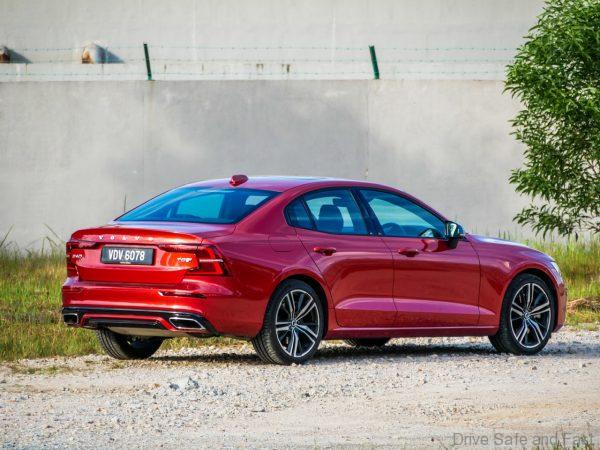
The answer is: yes, it does but only a little. Unlike the 330e from the previous generation, the S60’s battery placement in the centre gives it better balance through corners, but unlike most other sports sedans, there’s a nimbleness that’s a little lacking in the S60. It’s still urgent, it’s still dramatic, and it’s still very capable. But if you’re looking for raw, unbridled driving pleasure on the tightest twisties, you may be better served in a lower spec 3. The 8-speed Aisin gearbox in the Volvo is lively enough, but not quite as quick shifting as the ZF unit deployed in the 3-Series.
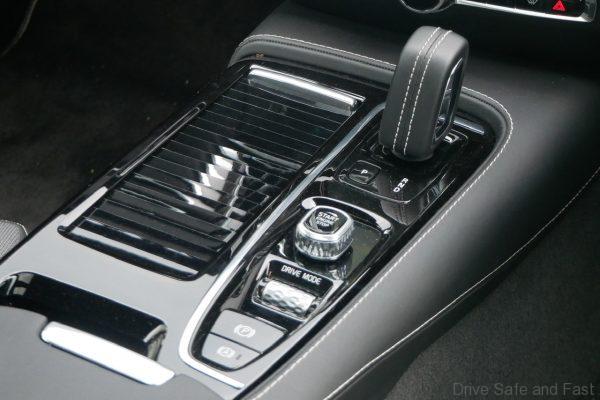
But we have to give credit where credit is due. Volvo knows that customers nowadays expect every box to be ticked and they’ve ticked every box here. Comfort, acceleration, isolation, safety are all class leading. Handling may not be its forte, but it’s honestly still sufficiently dynamic at all speeds.
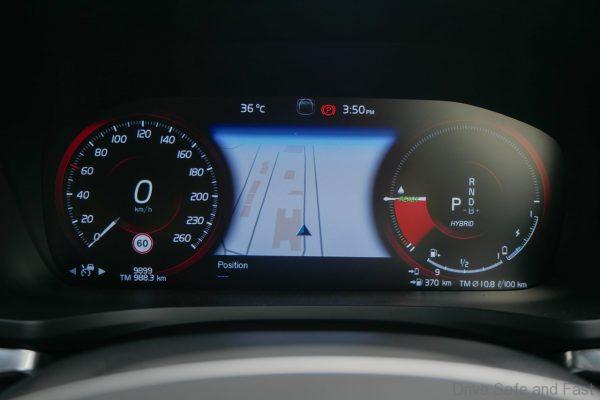
Design
Volvo current S60 falls right into the family look without too many surprises. You still get Thor’s Hammer DRL and many of the same design motifs you see on the S90. However, the S60’s got an identity of its own that’s easier to perceive than you might think. We even did a short visual guide to show you how to spot these differences yourself.
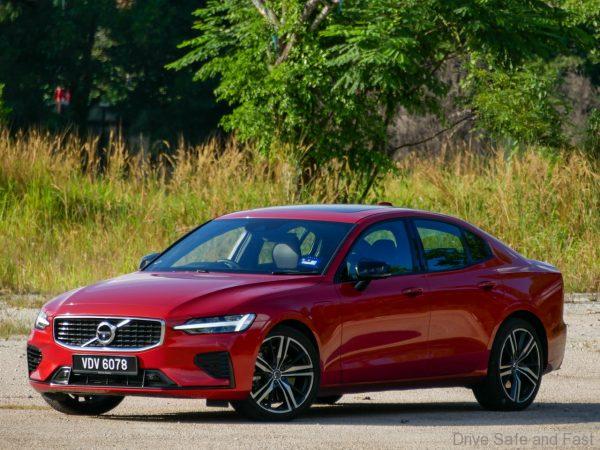
Being a compact executive with a sporty R-Design bodykit, the S60 looks a little more performance focused than anything else offered by Volvo. What’s more, it manages to balance its youthful, athletic look with the luxury appointments introduced by Volvo in their current design language, which takes a lot of skill. By far, the only brand that seems to be able balance bulky luxurious design with high performance intentions is Bentley.
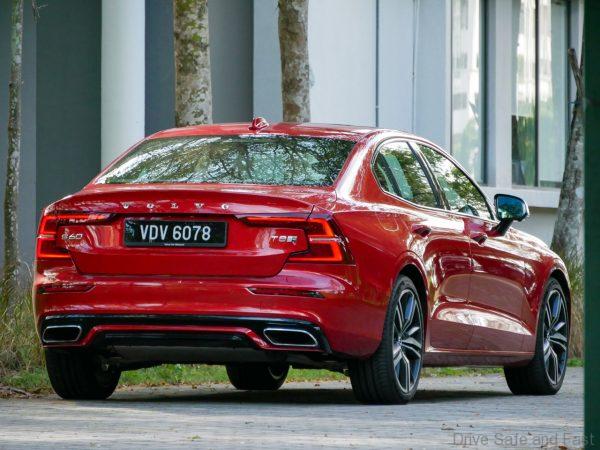
Value
If you want a detailed, contextual comparison for the value proposition for the S60, we’ve done a comparison article between it and the 3 Series. The review unit we had was the CBU version and it seems Volvo Car Malaysia must have been keeping their margins rather thin with this one because the CKD version that came in stays at the same price point while adding a few extra features in the safety department.
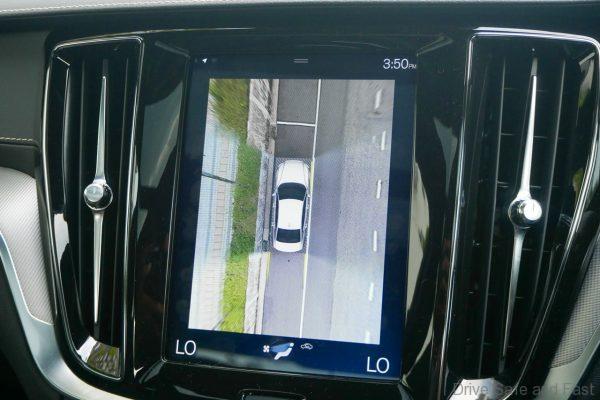
For RM300,000, the Volvo S60 manages to do much more than any of its rivals while keeping within the expected price threshold. It’s the only PHEV in its class, giving it massive advantages there, and I’m glad that Volvo Car Malaysia also decided not to offer a stripped down base model to drop the price down. I think it’s established that Malaysians who are willing to shop in this segment would rather pay extra for a more complete car than save some money to be seen in something with a respectable badge but the wrong equipment.
If you want a closer look at the S60, we did a Sights & Sounds video of it that you can check out here:
Volvo S60 T8 R-Design Specifications
Engine: Inline-4, Turbocharged, Supercharged, PHEV electric motor
Capacity: 1969cc
Gearbox: 8-speed Conventional Automatic
Max power: 320hp @ 5700rpm (+87hp electric)
Max torque: 400Nm @ 1200rpm (+240Nm electric)
Top Speed: 250 km/h (180km/h in next batch)
0-100 km/h: 4.4 seconds
Price: RM295,888


